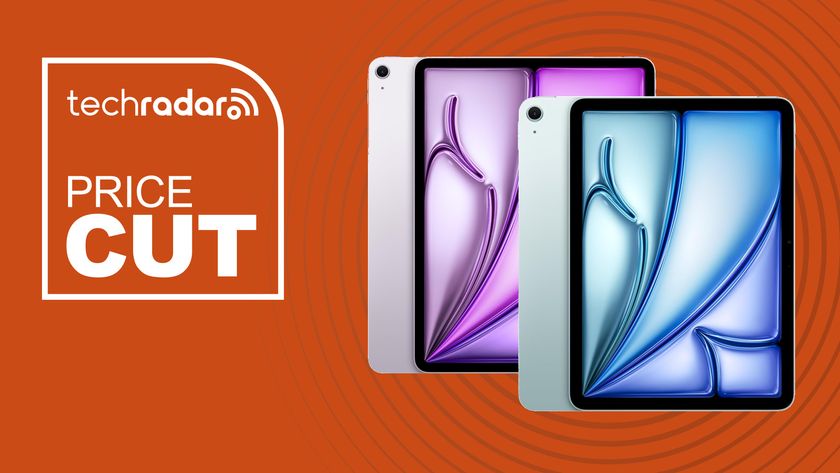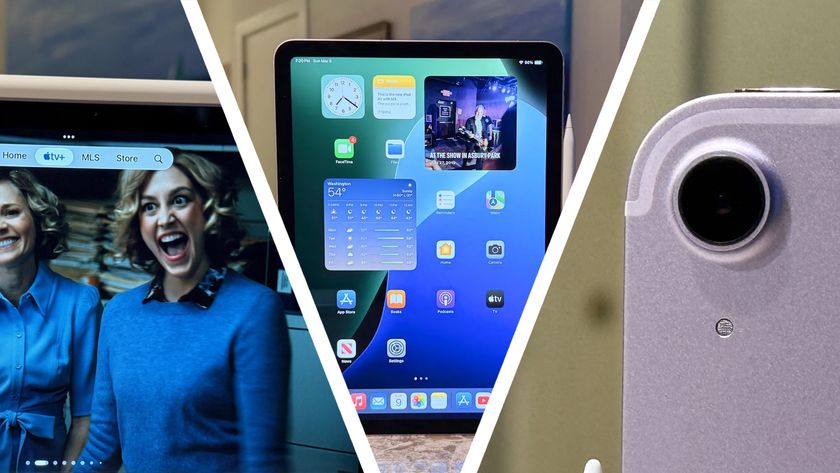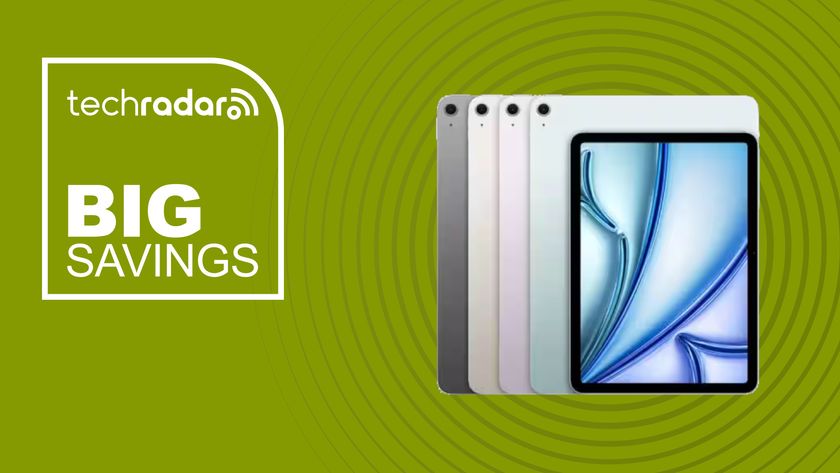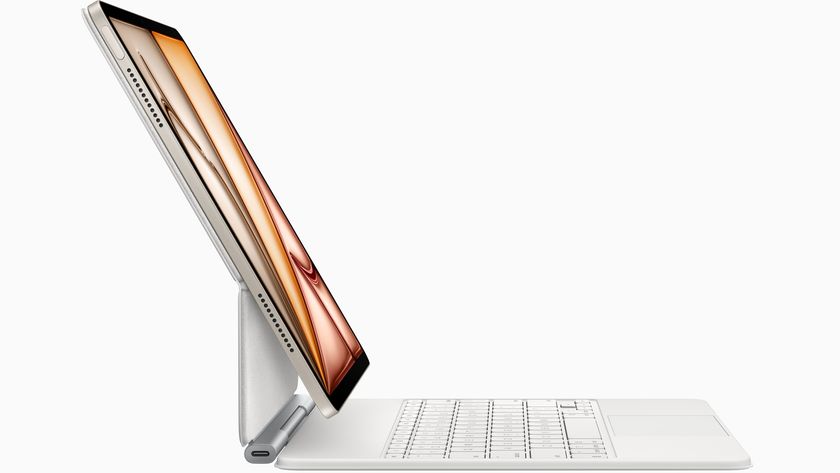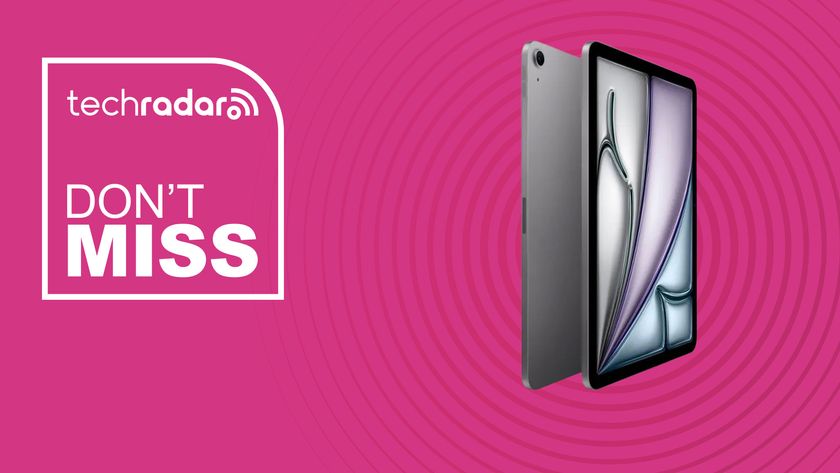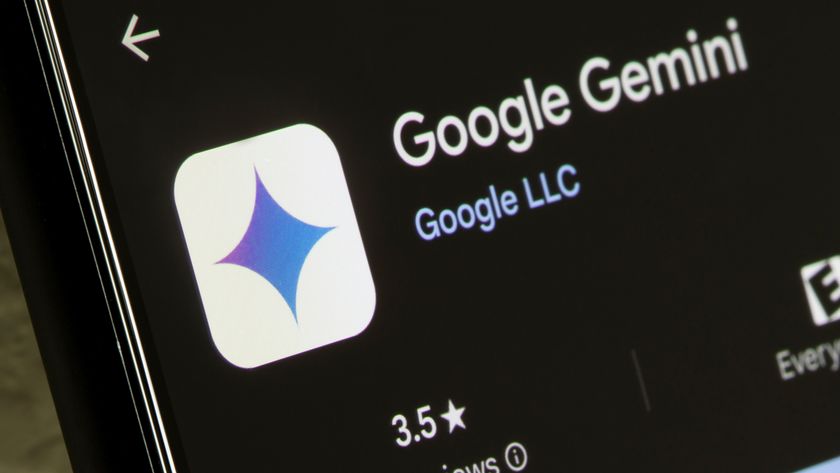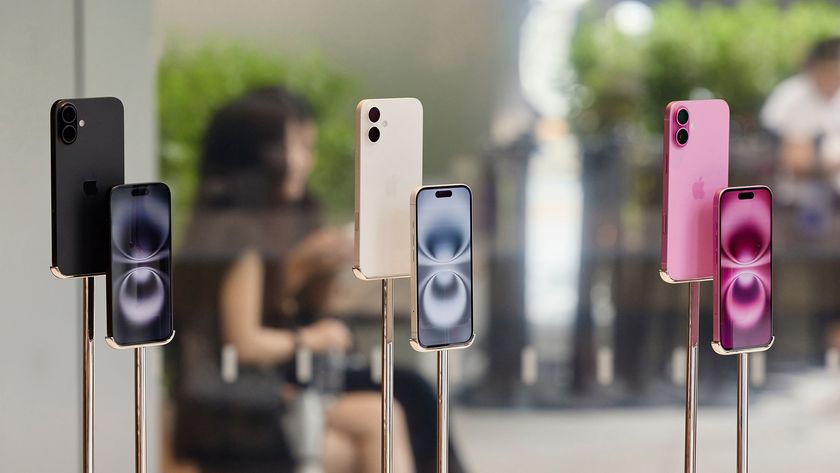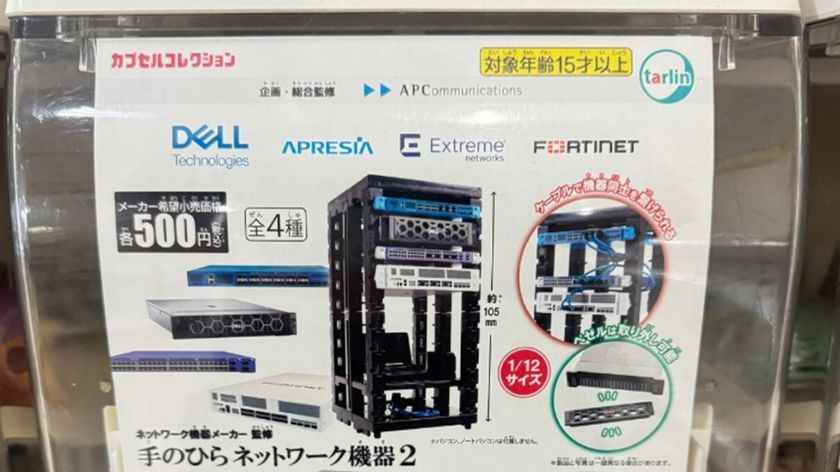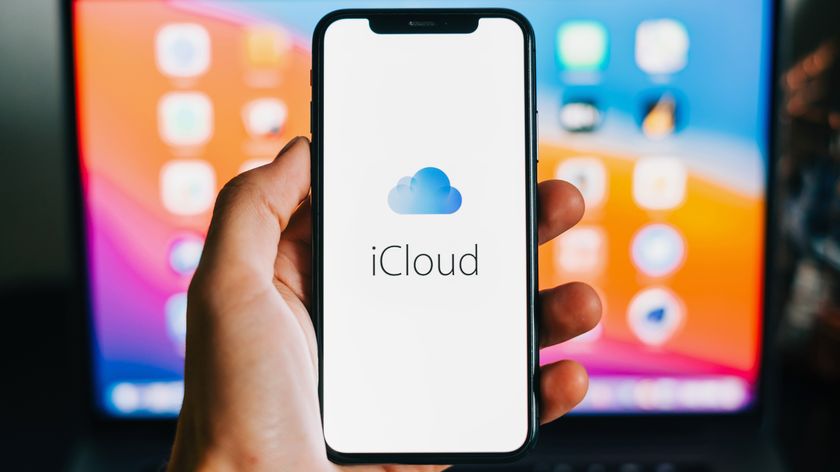The iPad Air just put the iPad Pro out of business, at least for creatives
Professionals don't need the Pro
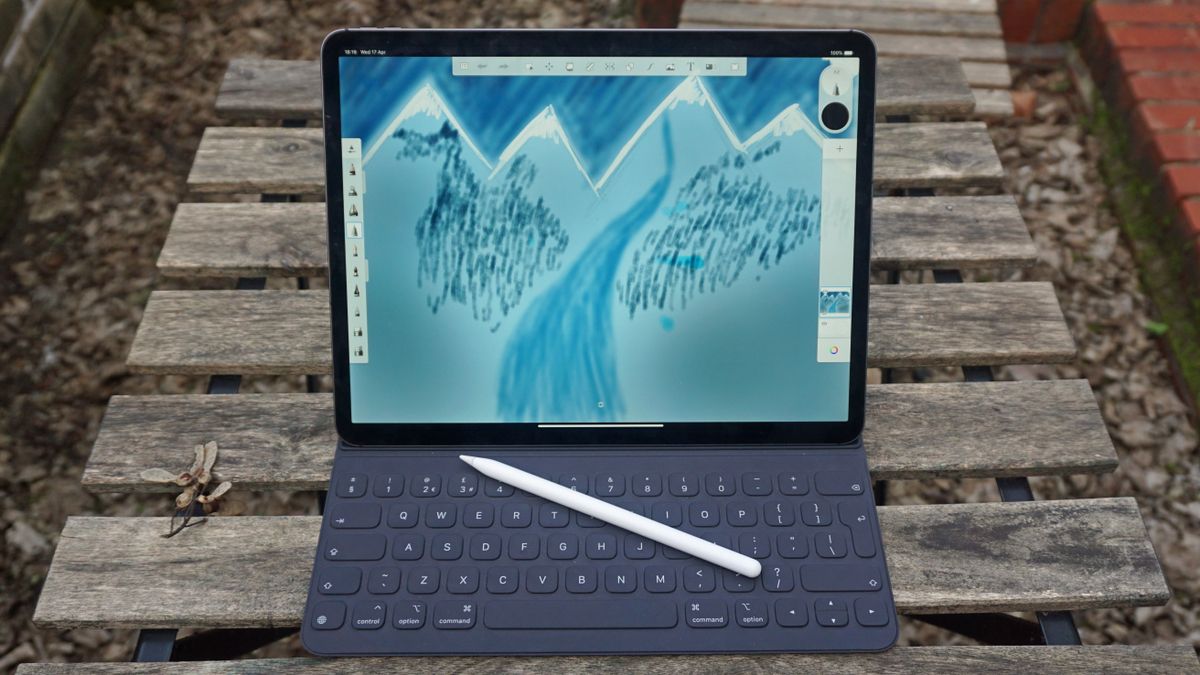
When I'm not writing for TechRadar, I'm running a film production company, and the iPad Pro 12.9 I use for that is a vital tool. It's perfect for all steps of the creative process, from writing documents and scripts to annotating PDFs, taking notes and sketching storyboards. I'm basically the exact kind of user Apple has in mind for this kind of slate.
The new iPad Air 4 has prompted me to reconsider that latter stance, though - it has basically all the features a creative person would want from a tablet, but without the unnecessary extras, and sans that high price tag that may put many people (starving artists can't buy $2,000+ tablets).
iPad Airs haven't really had this effect on me before - in fact, I've completely ignored them in the past. They used to be Apple's awkward middle child, not as big or powerful as the Pro line, not as portable or affordable as the entry-level devices, but the iPad Air 4 is a big departure from this.
- These are the best business tablets right now
- Check out the best rugged tablets on the market
- We compiled a list of the best video editing software of 2020
The iPad Air is an iPad Pro Lite
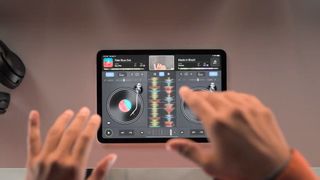
All the best parts of the iPad Pro models are in the iPad Air 4.
Probably the most useful is the peripheral compatibility. The iPad Air 4 works with the second-generation Apple Pencil, also known as 'the only version of the Apple Pencil you should use', and Apple's sturdy keyboard folios and Magic Keyboard - providing far more versatility when it comes to the angle of the screen. Using these both turns an iPad from a big phone to a productivity powerhouse.
The iPad Air's edge-to-edge screen is also great, helping you maximize the screen real estate without lumping around a huge slate. You used to have to buy an iPad Pro for this kind of screen, but not any more.
I can't stress enough how useful a USB-C port is too - iPad Pros used to be the only Apple tablets with this kind of port. USB-C enables way quicker charging than Apple's proprietary Lightning Cable, but also faster data transfer.
Get daily insight, inspiration and deals in your inbox
Sign up for breaking news, reviews, opinion, top tech deals, and more.
When you're moving 100GB video footage from an external hard drive to an iPad in order to edit it, this kind of port makes a dramatic difference in how long it'll take.
No more unnecessary features
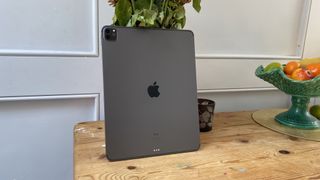
Not only does the iPad Air now have all the iPad Pro’s key features, but it's dropped some of the egregious extras that few people want to pay for.
There's no LiDAR scanner on the back - which is used for AR tools, but how many professionals or creatives actually need to use AR for their jobs? Some, sure, but definitely not many.
The iPad Air doesn't have a variable refresh rate like the iPad Pro, and I'll probably miss this feature. This lets the refresh rate of the screen move between 120Hz and 60Hz depending on what you're doing.
At 120Hz, the screen refreshes 120 times per second (and therefore creates smoother-looking motion), but only a few apps actually support 120Hz, so I'll rarely notice the difference.
The iPad Air 4 is smaller than an iPad Pro, which you can get in 11-inch or 12.9-inch versions. I use the latter, and while I appreciate the extra screen space, in honesty I barely use it.
Documents never fit to the edge of the page, especially when looking at scripts, as they tend to be a narrow column. I could probably transition to the 10.9-inch iPad Air without noticing much of a difference.
You'd imagine an 'iPad Pro' would have more processing power than an 'iPad Air', seeing as how the latter is the top-end kind of slate, but since the iPad Air was launched later with a newer chipset, this isn't the case.
The iPad Air 4 is now Apple's most powerful tablet, and it'll likely stay that way until a newer Pro version is launched in 2021.
Finally, Face ID - I can't state how much I hate Face ID, which I have on my iPad Pro but isn't used in the iPad Air (that slate has Touch ID on the power button instead).
I've found Face ID rarely works easily, and I often have to move myself into a different position to get it to work, or just type in my password - it's a real inconvenience. This feature works for some people, and I've heard it isn't as bad in iPhones, but it just doesn't work for me on iPads. I'll be glad to see Touch ID make a comeback for these top-end slates.
Apple won't mind
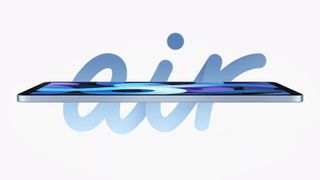
It's curious to think who iPad Pros are for now when the ideal target audience for it (me) realizes the more affordable iPad Air is now a much better proposition.
There will probably be a few power-users who need the LiDAR, or higher refresh rate, or whatever extra the iPad Pro 2021 brings, but it won’t be many, and I see the iPad Air taking its place in people's hearts.
Apple won't mind at all - if people are buying any kind of iPad they're still making money, and as much as I'm an Android phone fanboy, I'll readily admit there just aren't any Android tablets right now that hold a candle to the top iPads (or any iPads, honestly).
Maybe this is the first step in a plan from Apple to sort out its tablets, and make the distinction between the four different lines (entry-level, Mini, Air and Pro) a bit more obvious - maybe the next Pro will be a super-premium tablet, and the next Mini a really affordable one. All I know is that, as a creative professional, the iPad Pro probably isn't the best tablet for me any more.
- Sign up to the TechRadar newsletter for all things TechRadar
- If a tablet is isn't powerful enough, maybe you should consider a mobile workstation

Tom Bedford joined TechRadar in early 2019 as a staff writer, and left the team as deputy phones editor in late 2022 to work for entertainment site (and TR sister-site) What To Watch. He continues to contribute on a freelance basis for several sections including phones, audio and fitness.
